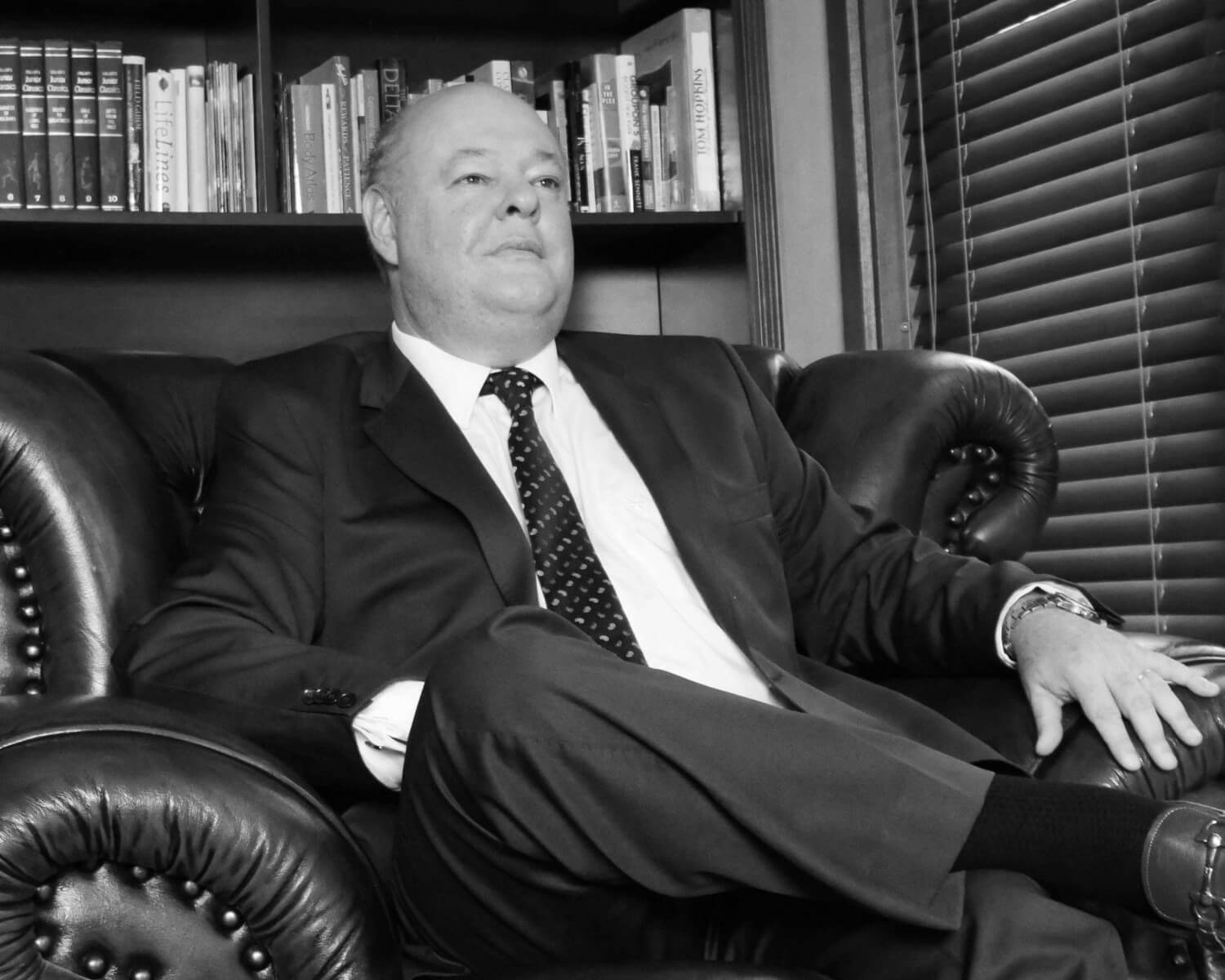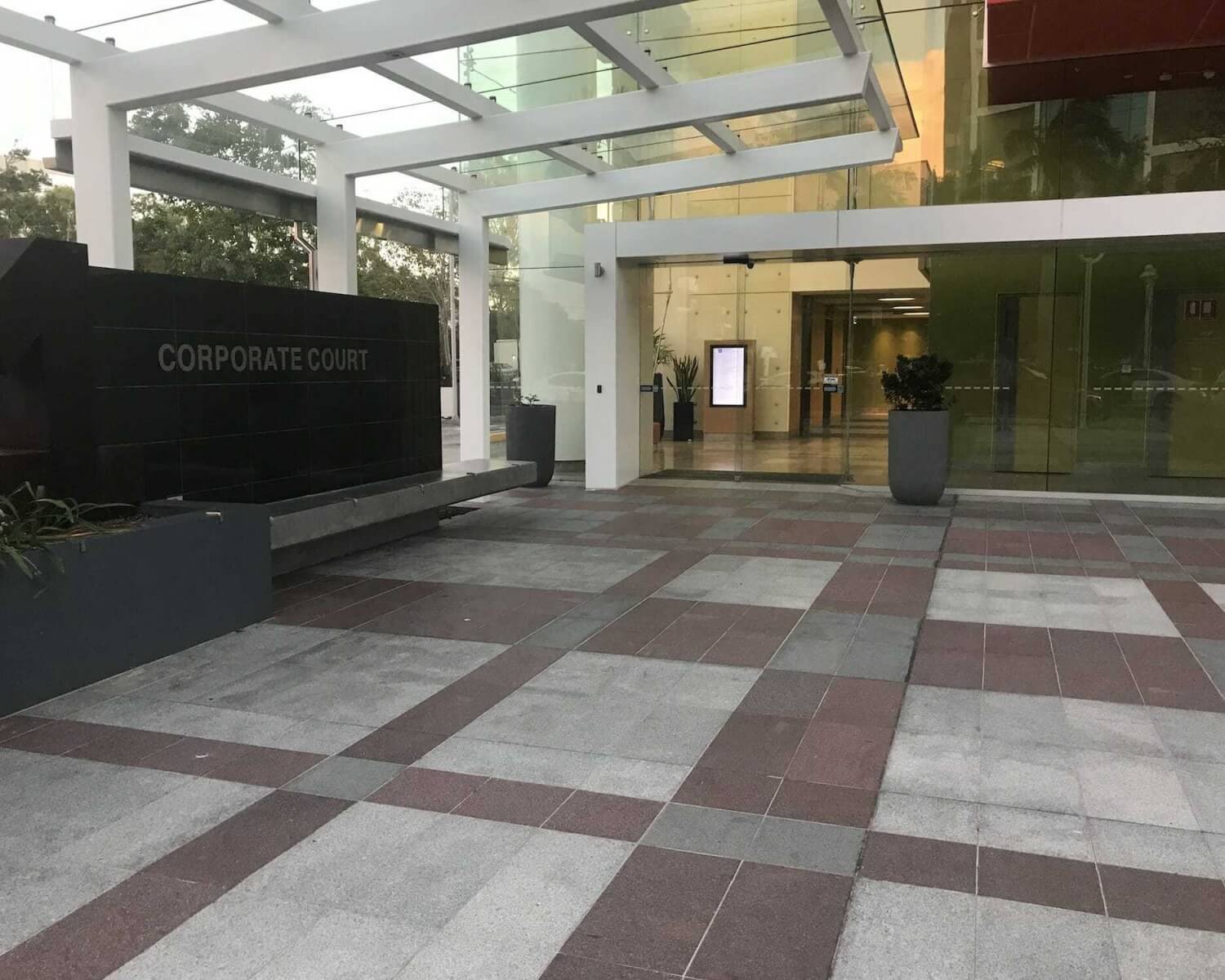It came as a surprise to the team at One Light Charity Foundation when their research exposed the single biggest social problem to solve in the local to the global community.
It was found that the vast majority of extreme social challenges have their cause or effect in homelessness itself or the fear of becoming homeless.
The causes: Think how losing a job, a business, a farm or income causes unemployment which causes poverty and domestic stress leading to homelessness. The same for severe illness like cancer, or a serious accident, or mental health issues, all of which cause loss of income leading to poverty. Domestic violence often cause single parent families to flee and become homeless. In summary most extreme social conditions like unemployment, poverty, sickness, mental health, domestic violence, substance abuse, victims of floods, droughts and fires and many others often cause homelessness.
The effects: Once individuals have lost confidence in themselves, families, friends, and in government they end up sleeping rough on the streets, in public buildings or in cars. The effects of these harsh conditions and the breakdown of the family unit leads to extreme humiliation and loss of self-belief, alcohol and substance abuse, violence, starvation, child abuse, sex slaves and trafficking, violent crime, self-harm and sometimes ultimately suicide.
It is evident that the causes and effects of homelessness is central to our social challenge, the common denominator of our extreme social problems that we must solve. This problem has existed since the beginning of human kind and has never been solved.
We all know somebody who is or has been through a traumatic experience of loss of regular income caused by job redundancy, business collapse, sickness, mental health etc. Couple this with no financial reserves, a domestic break up or no welfare benefits then homelessness quickly becomes a reality. It is this gripping fear of homelessness and loss of self-belief that often causes deep depression, domestic violence and substance abuse. Hundreds of millions of people are caught up in this cycle and suffering in silence at any given point in time. Some are fortunate to receive help to bounce back but many do not. We were told by the Salvation Army that tens of thousands of Australian men are destitute living in their cars and cannot provide for their families.
It is quite disturbing that in most western countries, like Australia, the homelessness challenge is not a local council responsibility but a state level issue, competing for state funds against roads, police, education and hospitals. The state government public housing departments simply do not have sufficient budget to meet the demands for temporary shelter.
The recent death of a nine-month-old Gold Coast baby who was living homeless with her parents on a famous beach is a case in point. Nearby residents complained to the local council of the baby’s crying every morning and still nothing was done to help the vulnerable and destitute family.
The supply of temporary shelter is just the beginning but does not in itself solve the problem. A holistic approach is required starting with providing the shelter but must be co-ordinated with food providers, op-shops, counselling, skills & recruitment as well as logistics services to get the vulnerable back to producing income and providing for their families.
The most important outcome is to establish “House of Change” temporary home facilities and services in the community so that everybody knows there is a caring place of refuge where you receive sincere help to change your circumstances, keep your family unit together, and get back on track. Only then nobody needs to endure that killer fear of homelessness.
In the end it seems that it will need to be the kindness of Business and their philanthropic leaders coupled with passionate not for profit volunteers that will need to step up to solve the epic social challenge of our time. Together the State needs to be lobbied to make available underutilised buildings for temporary shelter. To combat and eradicate homelessness is the most efficient way for big business to meet their corporate social and sustainable development responsibilities. To team up with a not for profit foundation working in this area is the most rewarding impact investment any corporation or fund can make in 2019 and beyond.
Written by Tony Wiese


